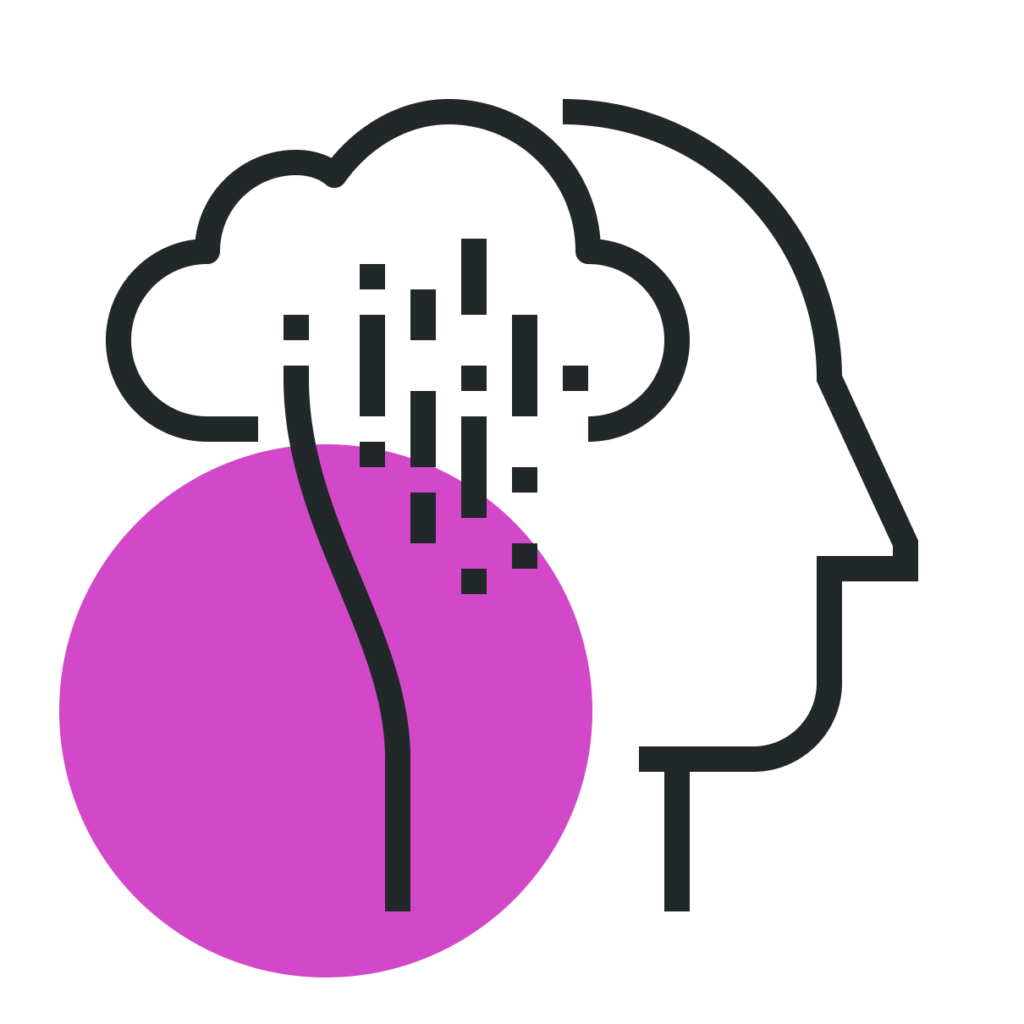It’s believed to be an evolutionary adaptation: paying more attention to negative things was crucial for survival, as these often posed greater immediate threats. This bias is now a key concept in understanding various aspects of human behavior, from the way we process news and information to how we make decisions and interact with others.
This bias was only officially documented relatively recently in 2001. In their paper “Negativity Bias, Negativity Dominance, and Contagion,” Psychologists Paul Rozin and Edward Royzman explored negativity bias by examining how negative events and emotions tend to exert a stronger influence on an individual’s psychological state than positive ones.
The paper also discussed the concept of negativity contagion, highlighting how negative traits or elements can spread more readily and have a more lasting impact within groups and societies compared to positive ones, which has huge implications for software teams.
This bias can significantly impact the dynamics within software teams.
Negativity Bias can impact team morale, decision-making, and ultimately project outcomes. The team might fixate on negative feedback, the number of bugs, or become overly risk-averse.
Managers and leaders need to be aware of this bias to foster a more balanced and positive team environment. Recognizing achievements, learning constructively from failures, and maintaining a balanced perspective on feedback and reviews are essential strategies to counteract Negativity Bias.
Perhaps the most critical learning, for me, is the idea of negativity being contagious within a team. Everyone loves to vent and commiserate together. And while venting can be therapeutic, it can often lead to negativity spreading, especially when this comes from authority figures within the team.
🎯 Here are some key takeaways:
Understand the impact of negativity
Allowing negative issues to linger can lead to a downward spiral in morale and productivity. Recognizing that negative sentiments can have a disproportionate impact compared to positive ones is crucial.
Encourage open, positive communication
Promoting a team culture where positive news, progress, and successes are shared and celebrated can help balance the often automatic focus on the negative.
Encourage risk-taking and innovation
Creating a safe space for experimentation and accepting that failure is part of the learning process can help mitigate the fear-driven aspects of Negativity Bias.
Be mindful of communication tone
The way feedback and critiques are communicated can significantly impact how they're received. Strive for a constructive and supportive tone during code reviews and design critiques.
Have empathy and understanding
It's important to approach negative sentiments with empathy and understanding. Acknowledging and validating team members' feelings can help in addressing the root causes of negativity and in finding effective solutions.
📚 Keep exploring
To dive deeper into the topic of Negativity Bias and its implications for decision-making, check out these resources:



